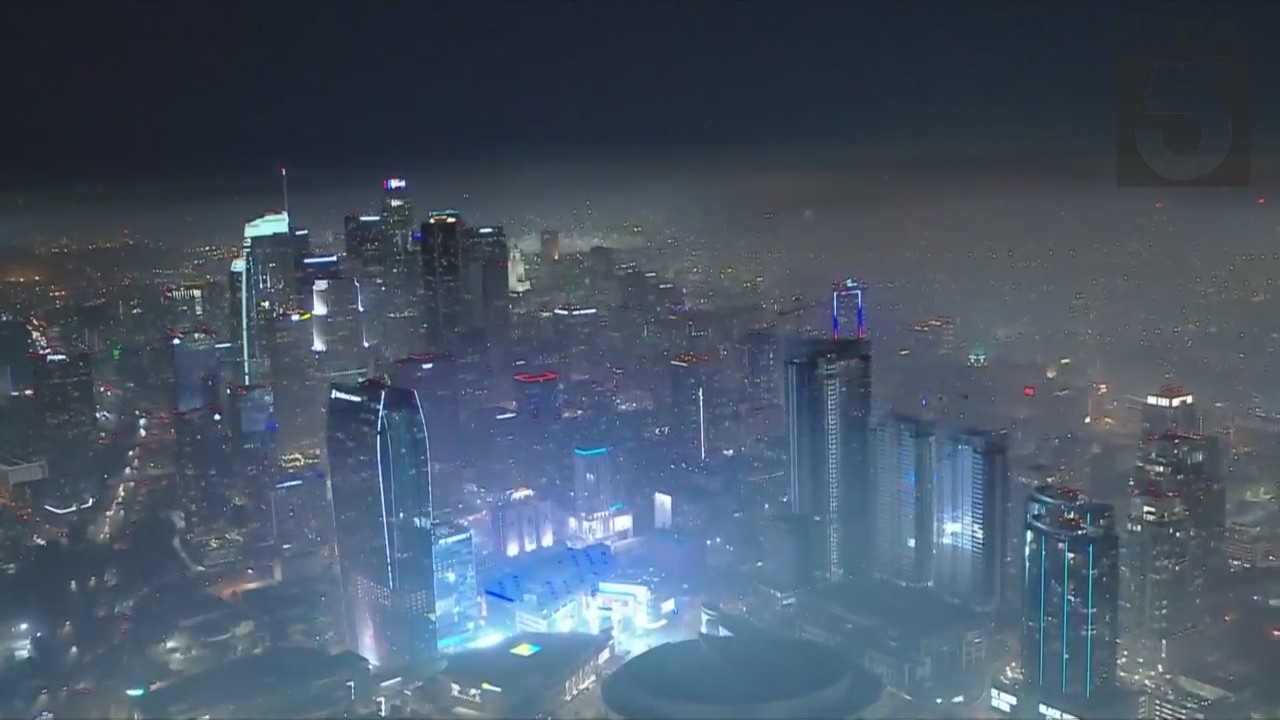Southern California’s air quality this Fourth of July was the worst the holiday weekend has seen in over a decade due to a preponderance of bootleg fireworks and unfavorable weather, officials said Wednesday.
Between the evening of July 4th and the following morning, the overall concentration of fine particles was 70% higher than in previous years, according to the South Coast Air Quality Management District, which monitors the atmosphere across all of Orange County and large swaths of Los Angeles, San Bernardino and Riverside counties.
“Based on video footage and the cancellation of most larger public events, it is likely that a combination of increased use of personal ‘backyard’ fireworks and weather conditions were the main factors,” the agency said in a news release.
Fireworks emit high levels of pollutants known as PM2.5 and PM10, as well as metal air pollutants. Inhaling them can result in a variety of cardiovascular and respiratory issues, including heart attacks, asthma attacks, decreased lung functioning and difficulty breathing.
The large number of unsanctioned displays this year resulted in substantially worse air quality throughout the South Coast basin. Quality reached very unhealthy and hazardous levels in parts of L.A. and Orange counties late Saturday night and early Sunday morning.
The highest concentrations of PM2.5 — which poses the greatest health risk — were recorded in central L.A., North Hollywood and Anaheim, officials said.
“Some instruments were found to have so much particulate matter residue on them that it resulted in readings so high the data could not be properly validated,” the news release states.
Coupled with the incessant fireworks was dry, stagnant weather that caused the pollution to linger longer than usual, SCAQMD said.
Air quality will remain unhealthy for sensitive groups through at least Thursday in some areas of the basin, including the Santa Clarita Valley, San Gabriel Valley, Pomona area and San Gabriel Mountains. People in those areas with heart disease, asthma or other respiratory issues should stay indoors as much as possible, officials said.














